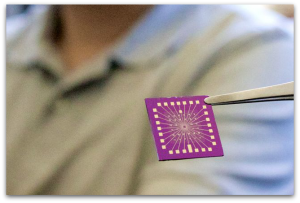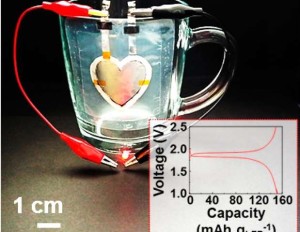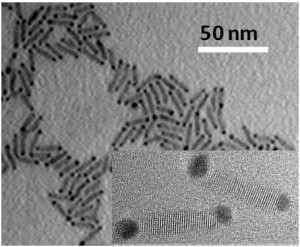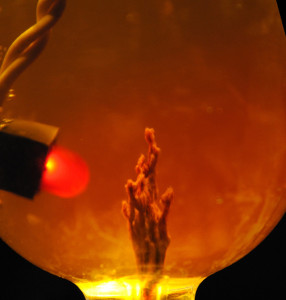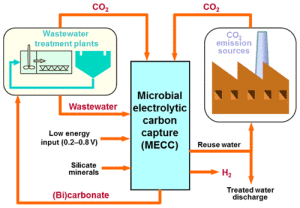When we think of renewable energy, our minds typically tend toward solar and wind power. However, there are other promising energy sources that commonly fly under the radar. The Guardian recently highlighted five alternative energy sources that have the potential to see great growth in upcoming years and transform the energy landscape as we know it.
Ocean Power
With ocean waters covering more than 70 percent of our plants surface, it only makes sense to harness the energy it naturally produces. Ocean current and waves could be used to drive electric generators and produce an abundant amount of consistent energy. Typically, ocean energy is broken down into four categories: deep water source cooling, tidal power, wave power, and marine current.
The catch? Salt water causes corrosion, which raises an issue when developing a device to capture this energy. The biggest roadblock engineers are currently facing is how to develop an energy harnessing device that makes ocean power commercially viable. With the right scale of development, this from of energy could be at the forefront of a renewable future.
Biomass
Essentially, biomass transforms living things or the waste they produce into electricity. Currently, biomass accounts for 12 percent of the country’s renewable energy generation. While burning the fuel produces CO2, proponents of this source believe it will significantly reduce greenhouse gas emissions due to the growth of plants that produce the energy, which remove the CO2 from the atmosphere.


